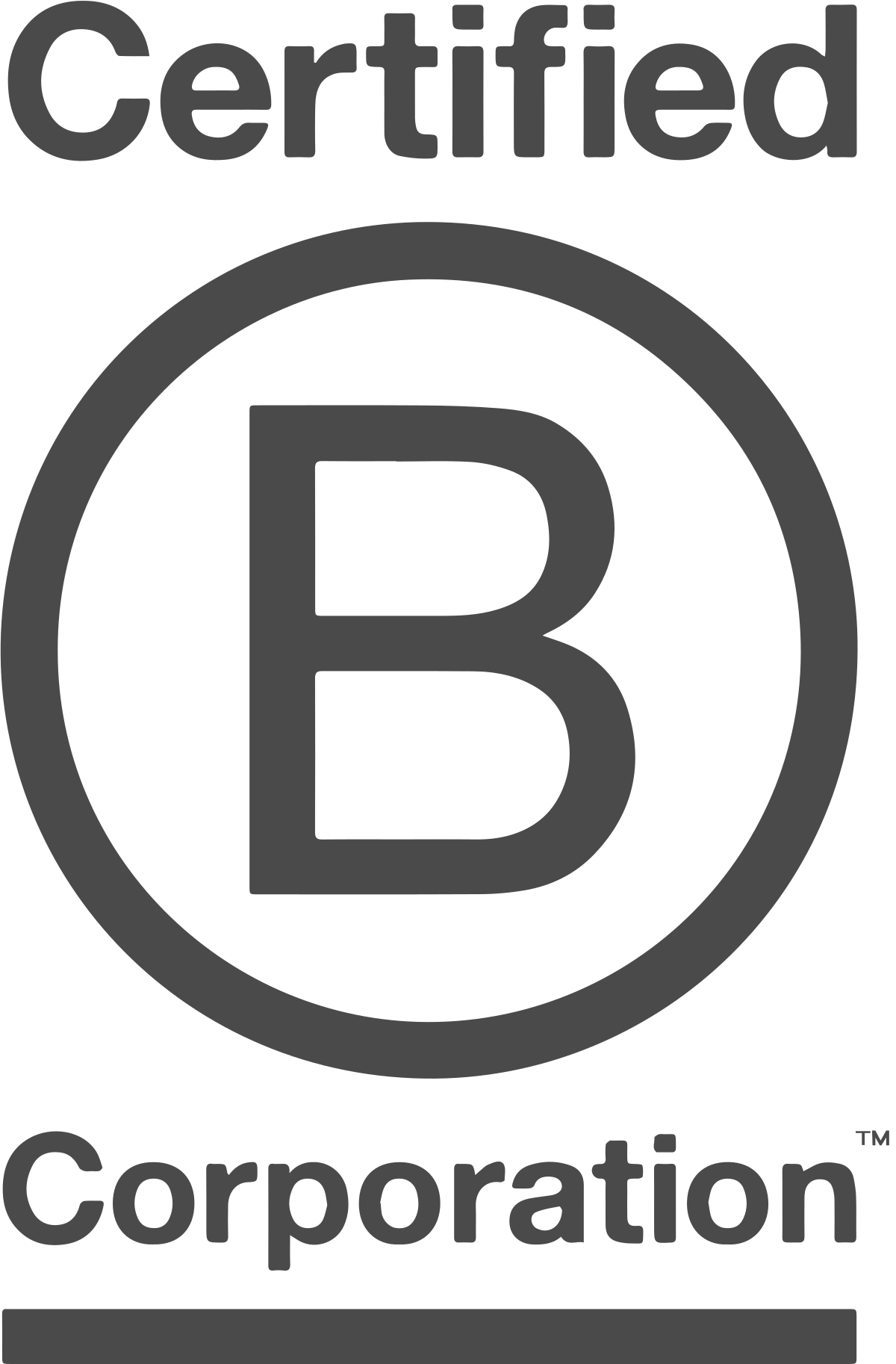Office design plays a role in boosting workplace productivity and improving employee satisfaction.
Recent shifts in work habits and advances in technology have significantly influenced office design trends, leading to innovative environments that meet modern needs.
For office design trends in 2024, there are four key design trends that promise to transform traditional office spaces.
These trends are not only relevant to business owners and designers but can create efficient and enjoyable hybrid workspaces.
The evolution of office spaces continues to focus on improving the way we work and interact in professional settings.
As we prepare to usher in these changes, understanding and adopting these trends will be key to staying ahead in a competitive marketplace.
Read on and we will introduce you to these design trends, taking you through their benefits and practical applications, and offering insights into how they can be integrated into current office layouts to create a productive and inviting work environment.
1. Deep Focus Zones

Deep focus zones are becoming a feature for businesses that improve efficiency and well-being.
These areas are specifically tailored to minimise distractions, promoting an environment where concentration thrives.
Typically, these zones are equipped with soundproofing materials, adjustable lighting, and minimalist decor that reduce sensory input and foster mental clarity.
Businesses looking to implement deep focus zones can start by identifying designated areas that boost productivity within their current office layout.
Transforming these spots into designated areas that boost productivity involves careful selection of design elements that are conducive to focus.
For instance, the inclusion of ergonomic furniture and noise-cancelling technology can change the functionality of these zones, making them ideal for tasks that require intense concentration and confidentiality.
2. Hybrid Friendly Areas
The popularity of remote work means the change of office spaces to accommodate both physical and virtual presence, leading to the creation of hybrid-friendly areas.
Designed to support a fluid mix of in-office and remote work, these spaces are equipped with versatile furniture and state-of-the-art communication technology to bridge the gap between different work modes.
Creating office spaces that cater both to remote and in-office employees involves integrating flexible workstations that can easily be adjusted to individual needs and the inclusion of high-quality video conferencing equipment for effective communication.
The benefits of this improve collaboration across various mediums and support a seamless transition between different work formats, thereby increasing overall productivity and adaptability.
3. Modular Spaces

Modular spaces are redefining flexibility in office design, allowing for swift adaptations to meet the dynamic needs of the modern workforce.
This trend leverages units that can be easily reconfigured or moved, offering endless possibilities for customising work environments as requirements change.
Modular furniture, wall units, and adjustable partitions are central to this design, allowing organisations to scale and transform their spaces with minimal disruption.
The adoption of modular designs is not only practical but also cost-effective and environmentally friendly.
By investing in versatile furniture and layouts, businesses can reduce the need for frequent renovations and minimise waste, adhering to sustainability principles.
It is clear how modular design can revolutionise office layouts and is evident in its ability to accommodate rapid organisational changes, such as team expansions or shifts in operational focus, without significant overheads.
4. Hospitality Inspired
Including hospitality in the workplace is a trend aimed at transforming office environments into more inviting and comfortable spaces that mirror the ambience of upscale hotels and trendy cafes.
This innovative approach involves the inclusion of plush seating arrangements, aesthetically pleasing lounge areas, sophisticated coffee bars, and soothing ambient lighting—redefining offices into areas where employees can work, relax, and socialise.
Adding elements such as art installations and interactive spaces can further improve this environment, promoting creativity and a sense of community among staff.
The advantages of adopting hospitality-inspired designs in office settings extend far beyond visual appeal.
These environments play a role in improving employee morale and their daily experiences.
Furthermore, such inviting spaces can significantly influence client perceptions, positioning businesses as modern and consumer-friendly.
The successful merging of hospitality elements into office design not only brings a welcoming atmosphere but also enriches employee satisfaction and client relationships.
This supports both efficient work practices and well-being, making it a useful strategy for modern businesses aiming to thrive in a competitive market.
As we look towards 2024, the office design trends of deep focus zones, hybrid-friendly areas, modular spaces, and hospitality-inspired environments stand out as key influencers in shaping productive and appealing workplaces.
These trends respond to the needs of today’s businesses, prioritising flexibility, comfort, and efficiency.
Business owners and designers are encouraged to consider these trends when planning office updates or new designs.
Integrating these innovative concepts can significantly improve how workspaces function and feel.
For expert guidance on implementing these trends, consider reaching out to Devono.
Our team can provide bespoke solutions that bring these 2024 office design trends to life in your space.



